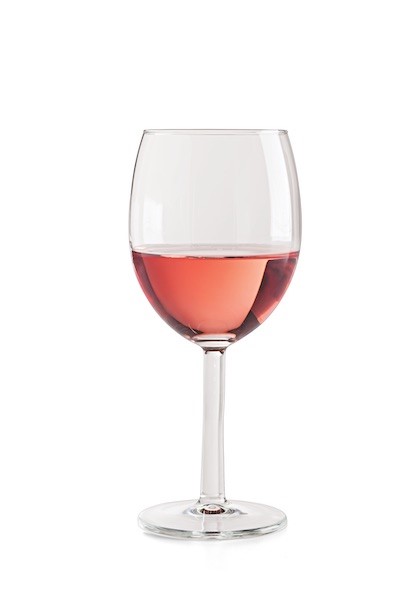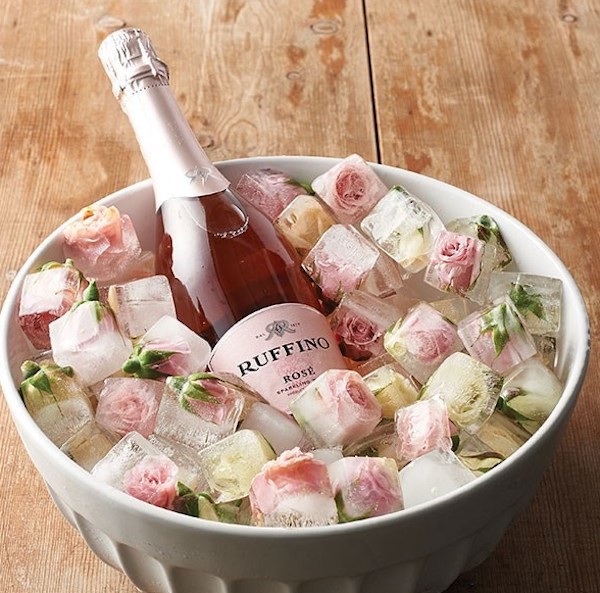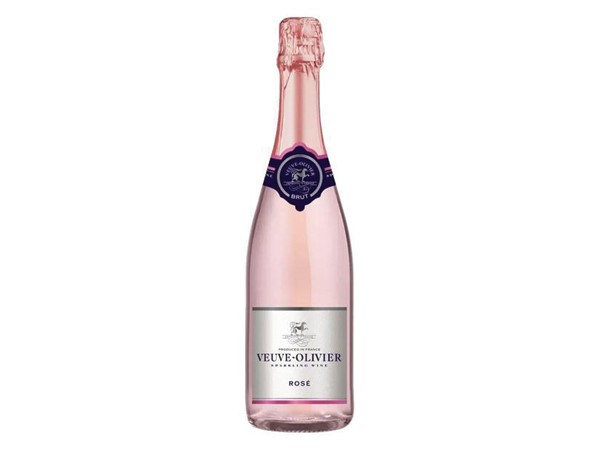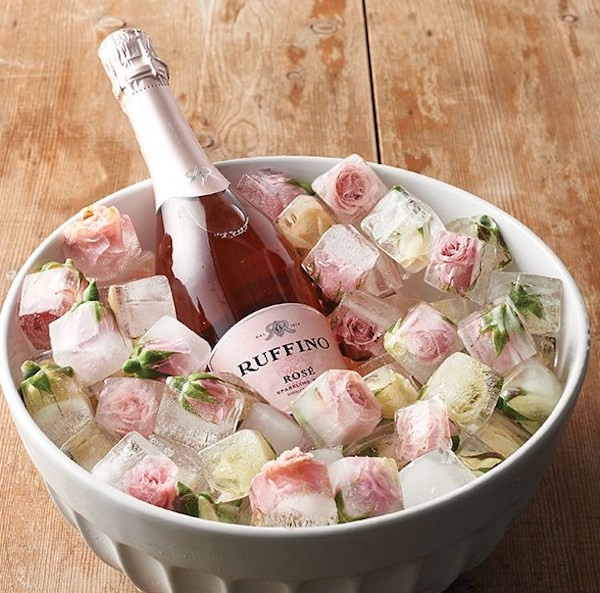Description
It's time to stop, smell, and sip the Rosé. This blushing beverage has been growing in popularity over the past few years. So maybe it's time we get to everyone's favorite pink drink.
Also see, 6 Ways to Enjoy Rosé That Will Change Happy Hour for Life.
Steeped, but Never Mixed

Rosé is incredibly versatile when it comes to food pairing. Try it with small plates, lighter meals, and charcuterie boards. Contrary to popular belief, Rosé is not a mix of red and white wine. It's actually made by letting the skins of red grapes steep in white wine for a short amount of time. The longer the grape skins steep, the brighter and richer the color of Rosé.
Not All Rosé Is Created Equal

Depending on the fermentation of the wine and the amount of steeping that occurs, there can be a variety of flavor undertones. The most common undertones consist of melon, citrus, peach, mango, and rhubarb.
"It's Too Sweet for Me"
How many times have you heard this? Although many sweet versions do exist, there are also Rosé wines labeled as "dry." This means the wine contains more fresh and acidic flavors, without the addition of extra sugar.
Sparkling Rosé, It's a Thing

Enjoy everything Rosé has to offer. Plus bubbles. Sparkling Rosé is great for a special occasion—paired with chocolate and fresh fruit—or as a refreshing sipper on a sizzling summer day. Plus, you can even order it on Aisles Online.
How to Pair
It's a popular question. And an easy answer. Rosé is one of the most versatile wines. Due to its fresh, crisp finish and citrus notes, it can be paired with barbecue, grilled meats, pizzas, seafood, salads, fruits, desserts... Rosé is like a little black dress. It goes with everything.
It's Not Just for Summer
A pink drink screams summertime, right? Interestingly, that's what makes it so enjoyable during winter—when you need a little taste of summer.
No Need for a Cellar-Full
Since Rosé is a fresh wine, it should be purchased as a younger vintage and consumed right away. A good rule to follow is to consume it within two to three years of the purchase date... at the longest.

